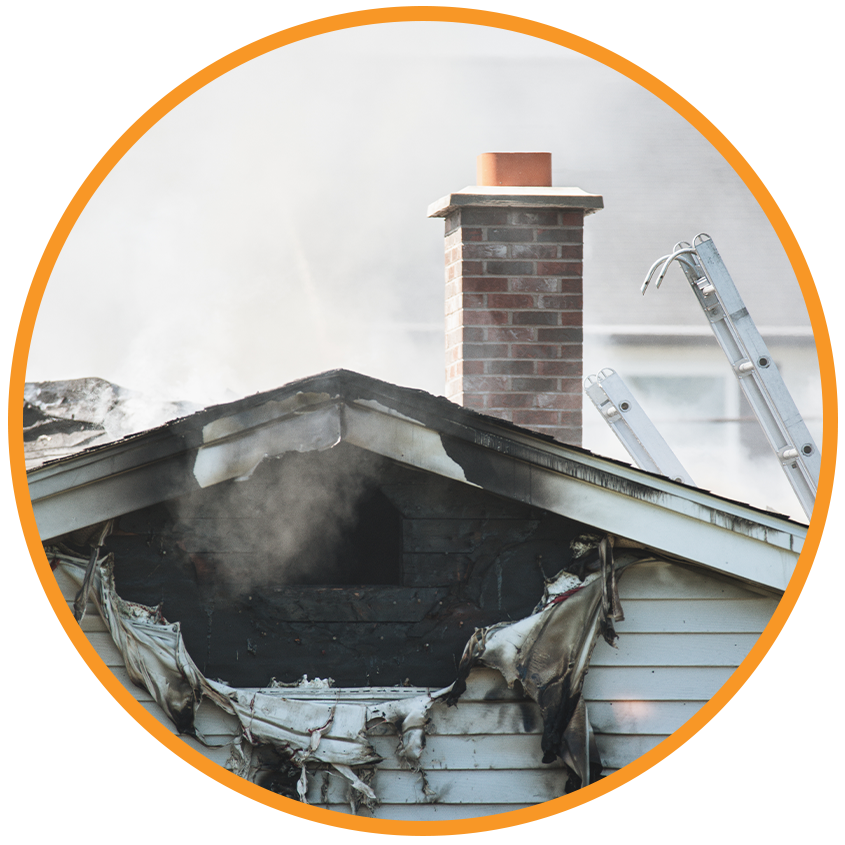
When planning a relocation, finding trustworthy professionals can make all the difference visit website to explore dependable options that simplify every part of your move. Whether you’re heading across town, across the state, or preparing for a more complex transition, choosing experienced support such as Wyoming Movers and Cottage Grove Movers gives you peace of mind, efficiency, and personalized service. From packing to transportation to final setup, professional movers help reduce stress while ensuring your belongings reach their destination safely.
In today’s fast-paced world, customers rely heavily on moving companies that offer transparency, fair pricing, and skilled handling of all types of household and business items. When learning more about companies providing these services, go to site resources that offer clear information on their offerings, customer reviews, and service areas. Wyoming Movers and Cottage Grove Movers both serve communities that value reliability and professionalism, offering tailored services for families, students, businesses, and individuals relocating for work or lifestyle upgrades.
Understanding What Makes Wyoming Movers Stand Out
Wyoming’s open landscapes and unique climate conditions require movers who understand the region well. Wyoming Movers often handle long-distance travel across rural areas, mountain roads, and wide stretches of highway. Because of this, customers benefit from teams skilled in logistics planning and careful loading techniques to protect items during extended travel. Wyoming’s population includes many families and professionals relocating for outdoor lifestyle opportunities, energy-sector jobs, and remote work setups. In all these cases, having a mover who knows how to manage weather challenges, regional regulations, and travel routes can make the process smoother and faster.
Why Cottage Grove Movers Remain a Top Choice for Local Relocations
Cottage Grove, known for its family-friendly neighborhoods and welcoming community atmosphere, attracts many new residents every year. Cottage Grove Movers specialize in efficient, local moves that require attention to detail and familiarity with residential areas. From apartment moves and single-family relocations to small business transitions, Cottage Grove professionals streamline the process with clean, organized packing and timely delivery.
Many Cottage Grove movers also focus on customer experience providing clear communication, friendly staff, and accurate estimates without hidden fees. Clients appreciate this level of service, especially when transitioning into new neighborhoods, navigating community guidelines, or managing tight moving schedules. Their commitment to customer satisfaction makes them a dependable choice for short-distance and regional moves.
Comparing the Two: Wyoming Movers vs. Cottage Grove Movers
Although both regions offer reputable moving services, customers may notice key differences based on geography, moving distance, and community needs. Wyoming Movers often manage long-haul transportation and challenging terrain, while Cottage Grove Movers frequently handle efficient, well-coordinated local moves. Both, however, prioritize safety, professionalism, and trust three qualities every mover should deliver regardless of location.

The Importance of Choosing Licensed, Regulated Professionals
Anyone hiring a moving company should always check whether the business is properly licensed. In the United States, interstate moving companies are regulated by the Federal Motor Carrier Safety Administration. You can verify mover credentials directly through the FMCSA, which maintains public safety records and licensing information. This step helps ensure you’re partnering with a reputable company that follows national transportation standards, protects consumers, and prioritizes safety.
What to Expect When Working with a Professional Moving Team
Whether you choose a Wyoming-based company or a Cottage Grove team, customers can expect similar core steps in the moving process. Movers typically begin with an assessment either online, by phone, or in person to determine the size of the move, special item needs, packing requirements, and timing details. Afterward, they prepare a plan outlining labor needs, vehicle size, travel time, and pricing. This upfront clarity helps prevent misunderstandings and builds confidence in the service.
How to Pick the Right Mover for Your Needs
Choosing between Wyoming Movers and Cottage Grove Movers may depend on your specific situation. Here are a few factors to consider:
- Distance: Long-distance and rural routes may favor Wyoming specialists, while short, residential moves fit Cottage Grove movers well.
- Pricing: Compare estimates and look for transparent cost breakdowns.
- Specialty Items: If you have artwork, antiques, pianos, or heavy equipment, ask movers about their experience handling these items.
- Insurance: Confirm the type of coverage offered and whether additional protection is available.
- Customer Reviews: Look for consistent positive feedback about punctuality, care, and communication.
Selecting movers based on these points helps you make an informed decision that aligns with your relocation priorities.
Final Thoughts
Relocating can be overwhelming, but choosing trusted professionals ensures your move feels organized, safe, and manageable. Both Wyoming Movers and Cottage Grove Movers offer valuable experience tailored to their regions, helping individuals and families transition into new homes with confidence. By reviewing licensing through the FMCSA, comparing services, and selecting a mover that fits your needs, you can enjoy a smooth and stress-free move from start to finish.



